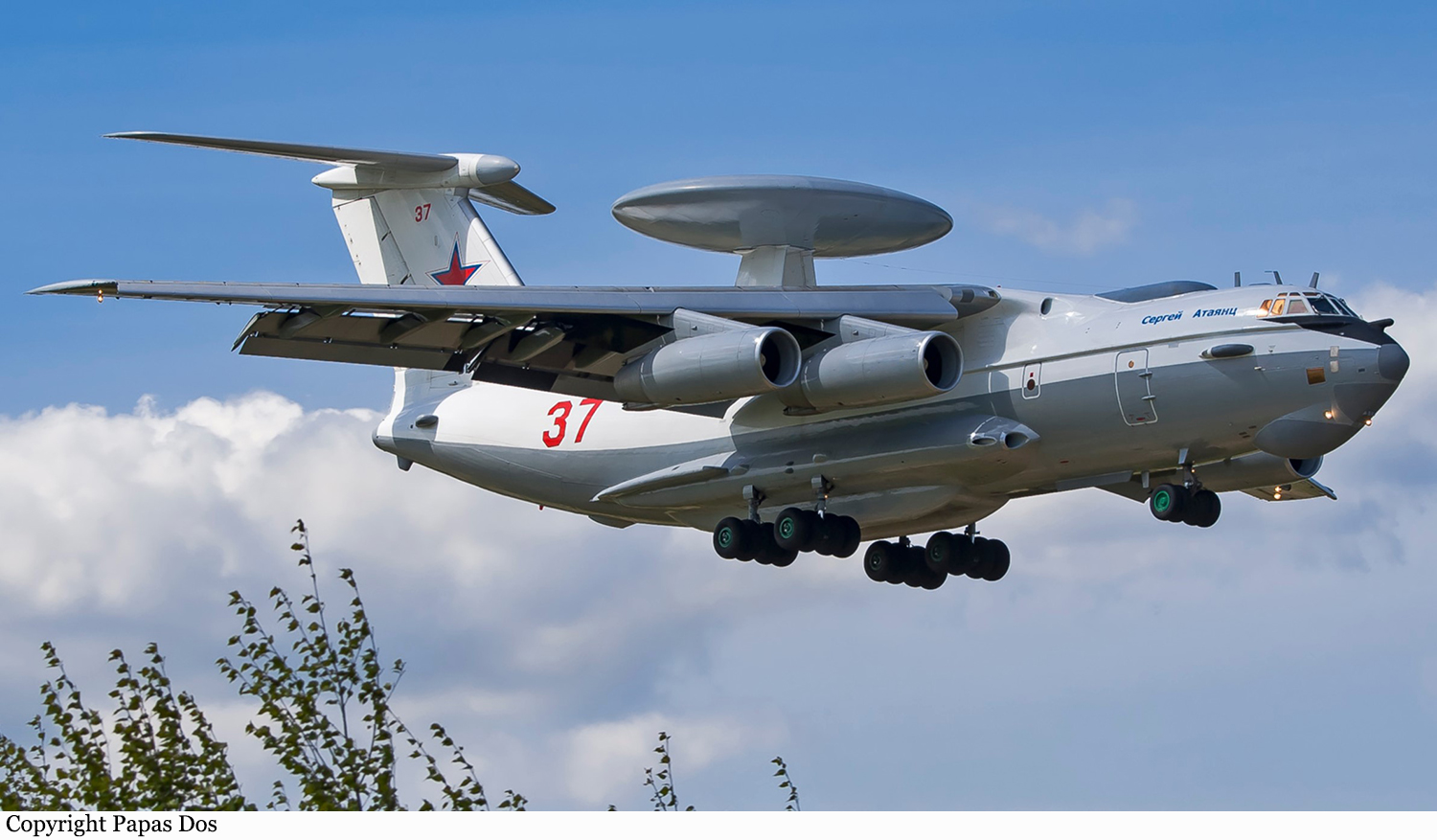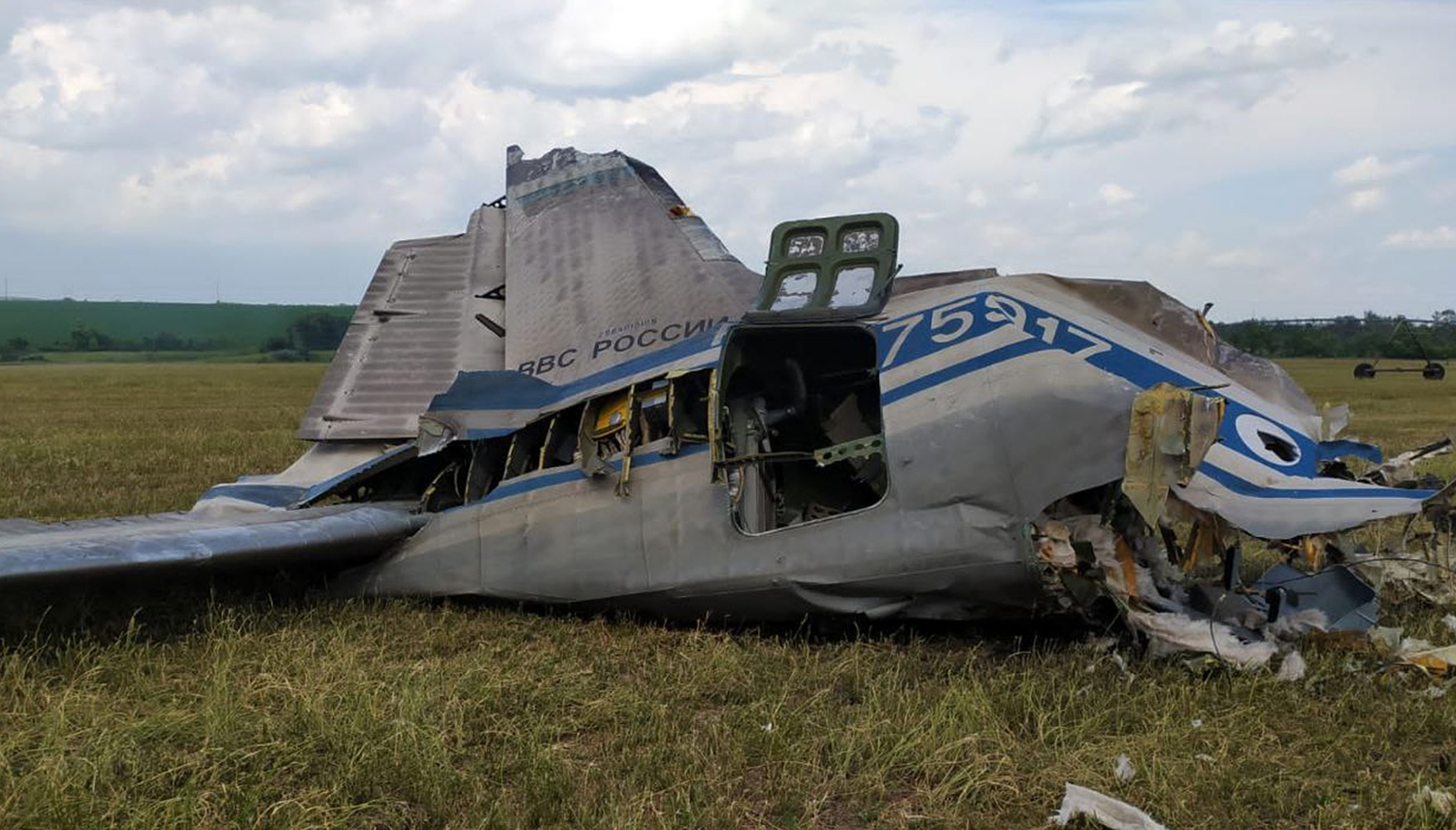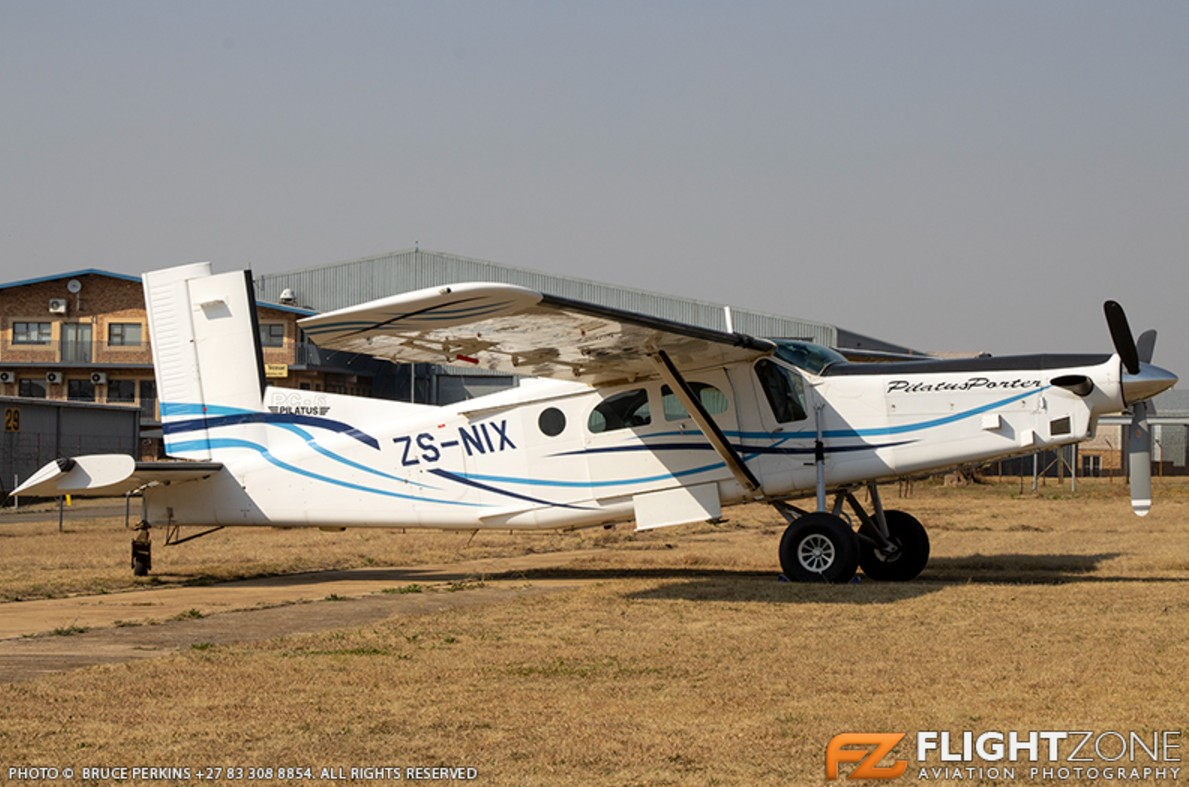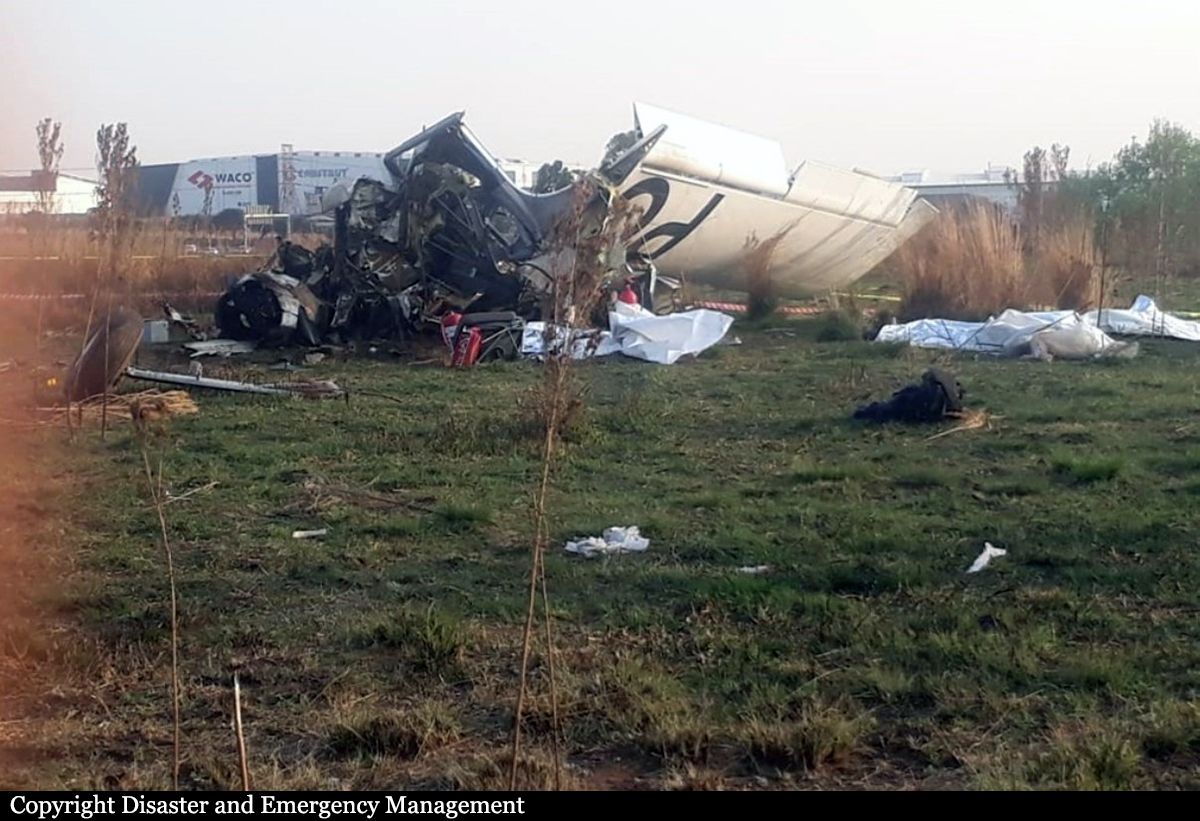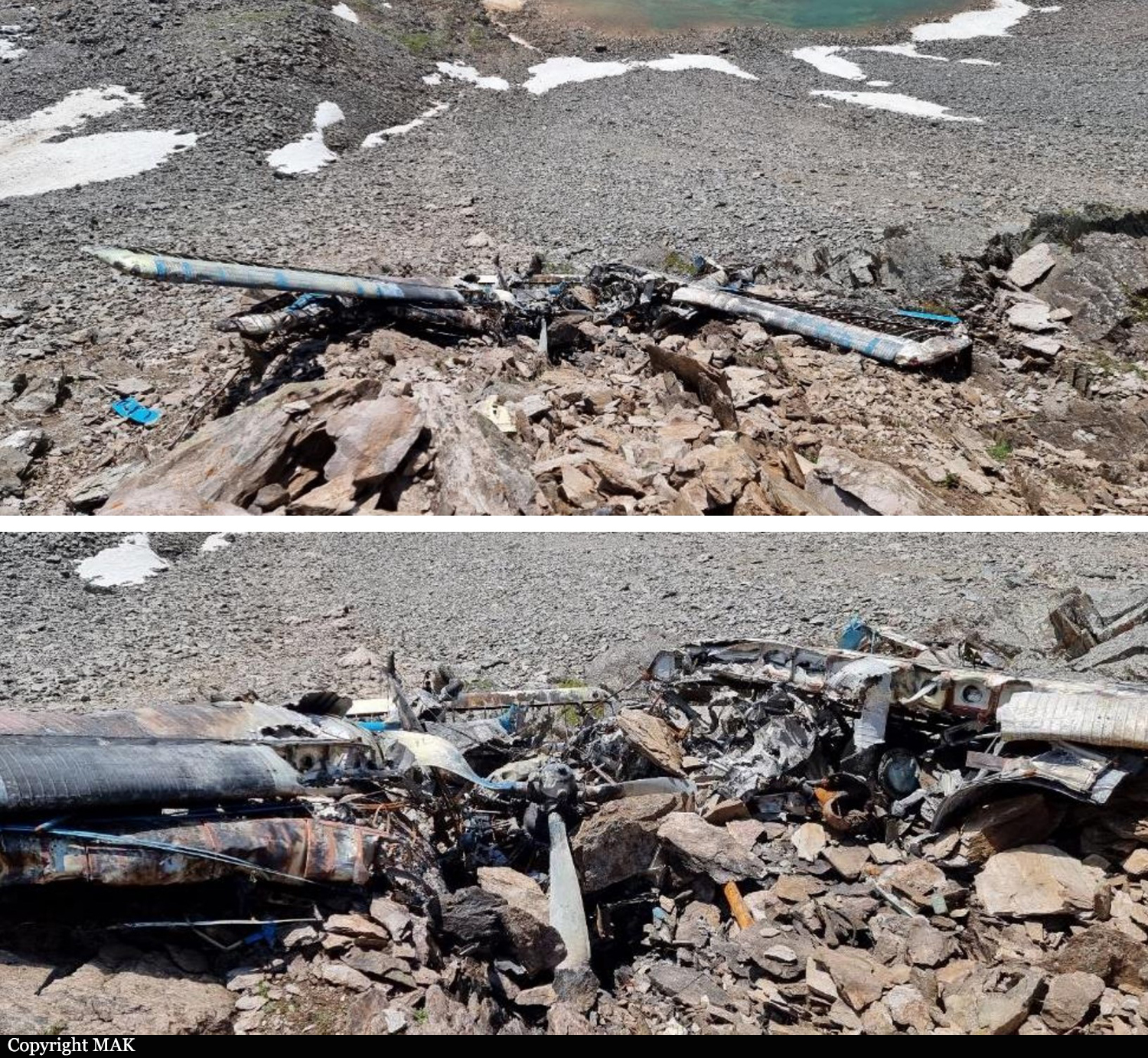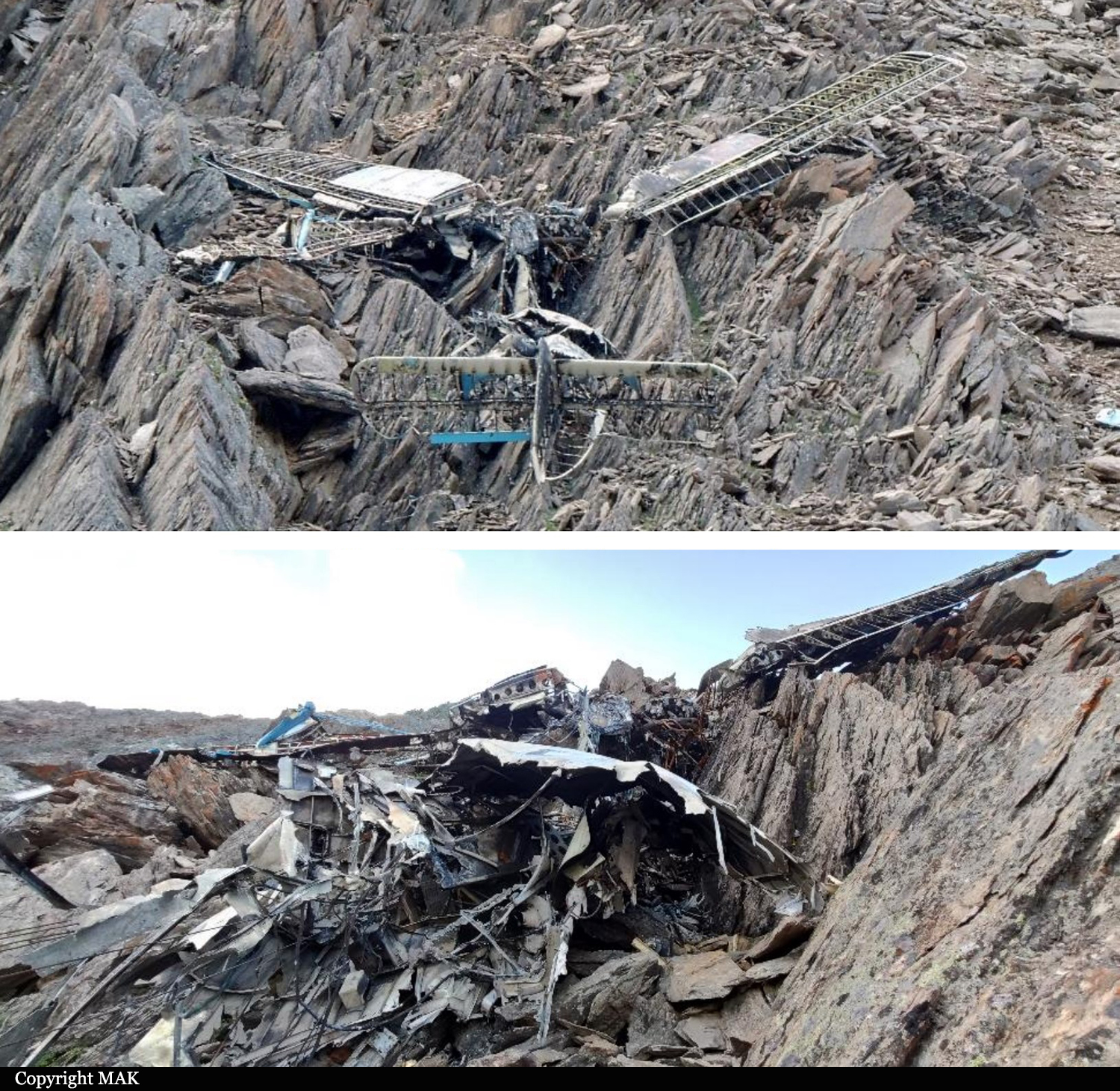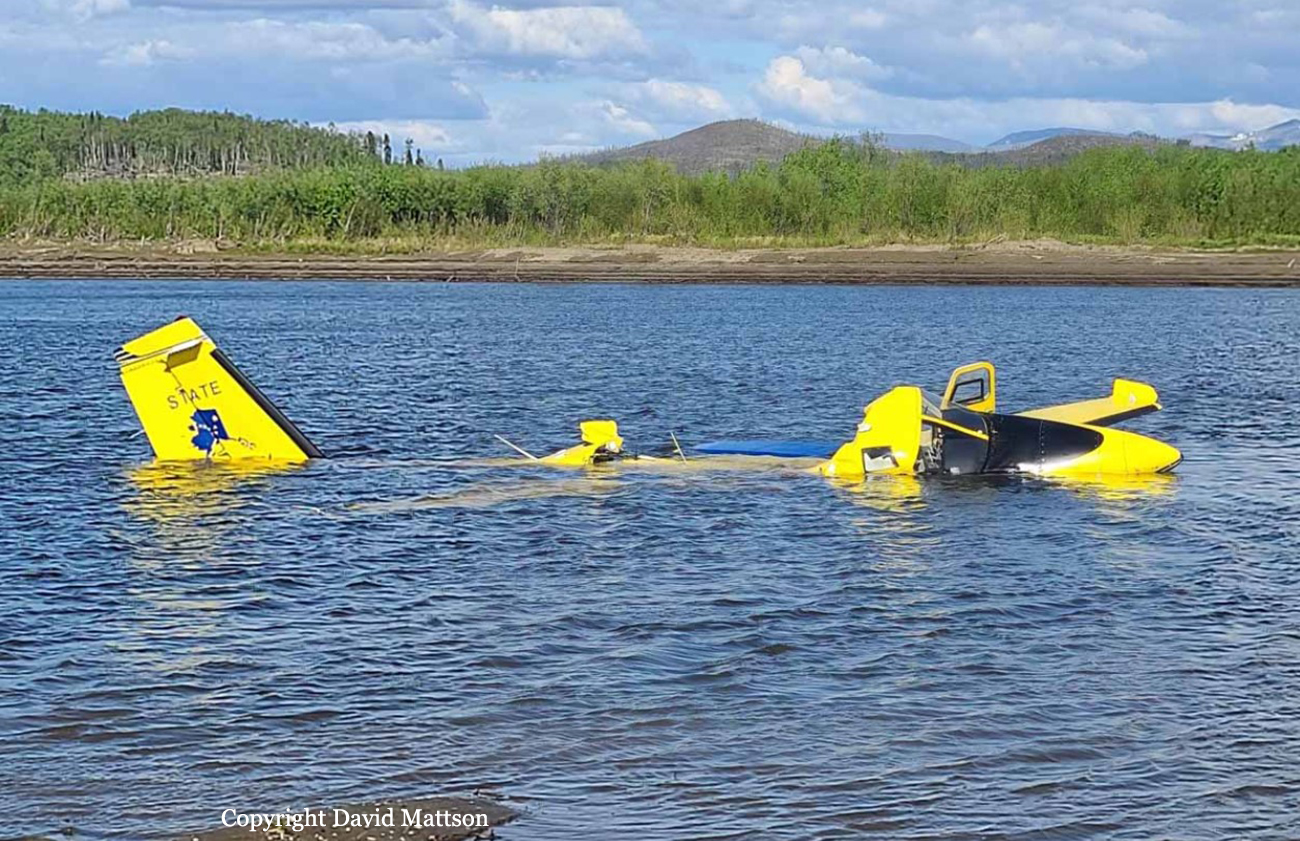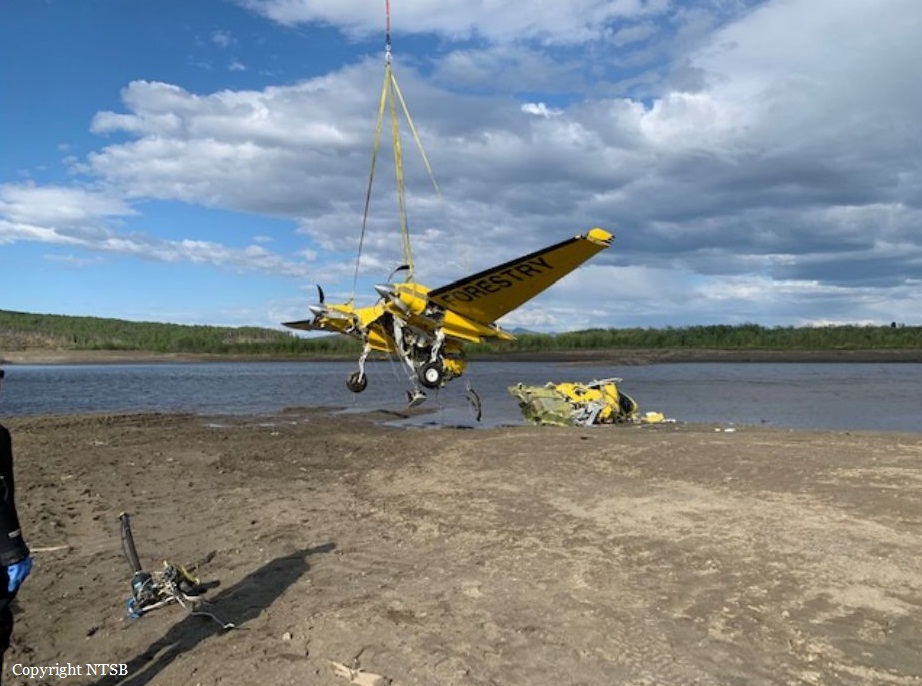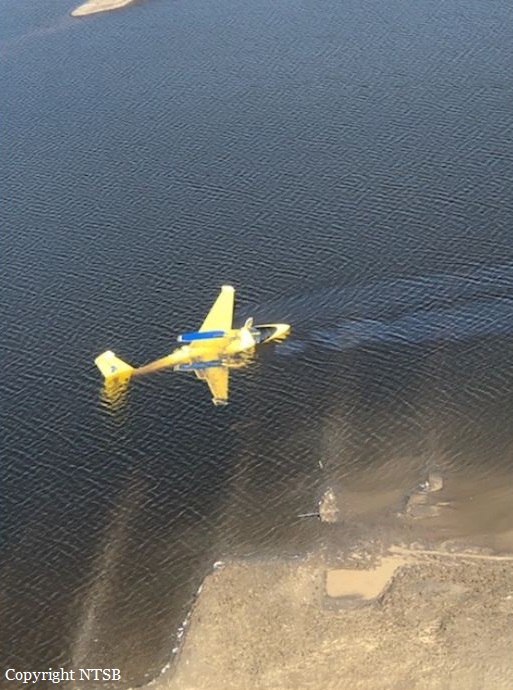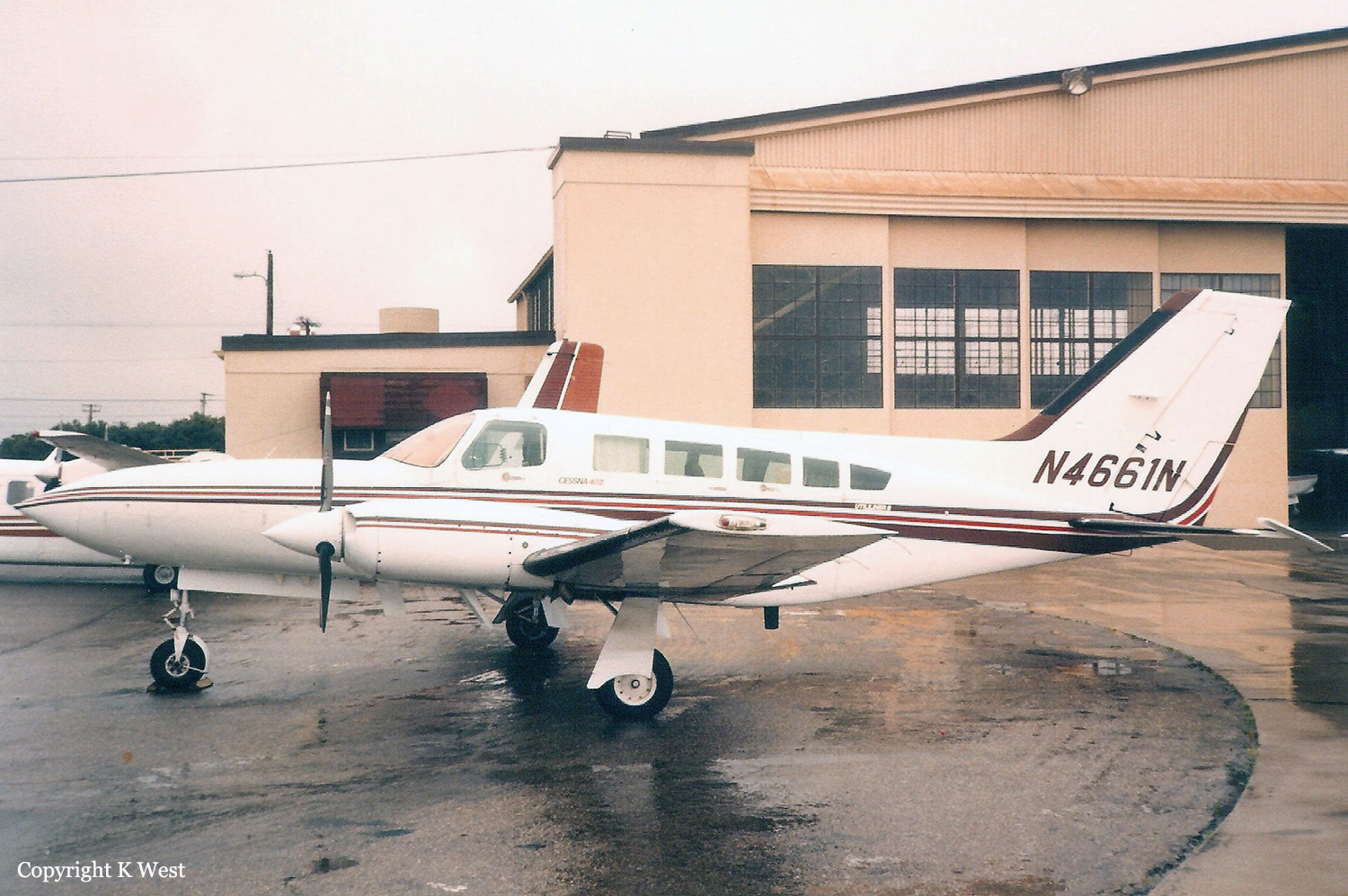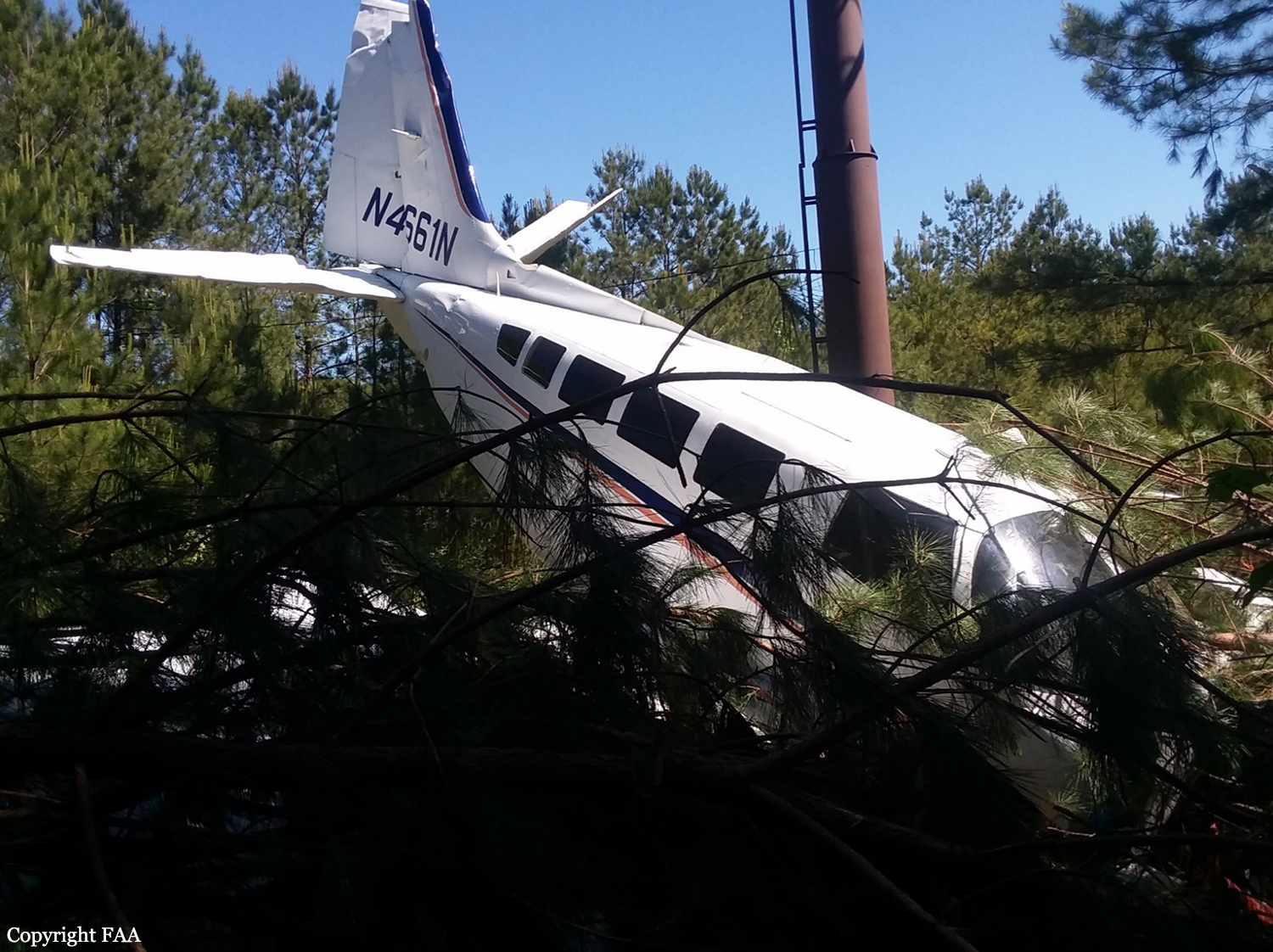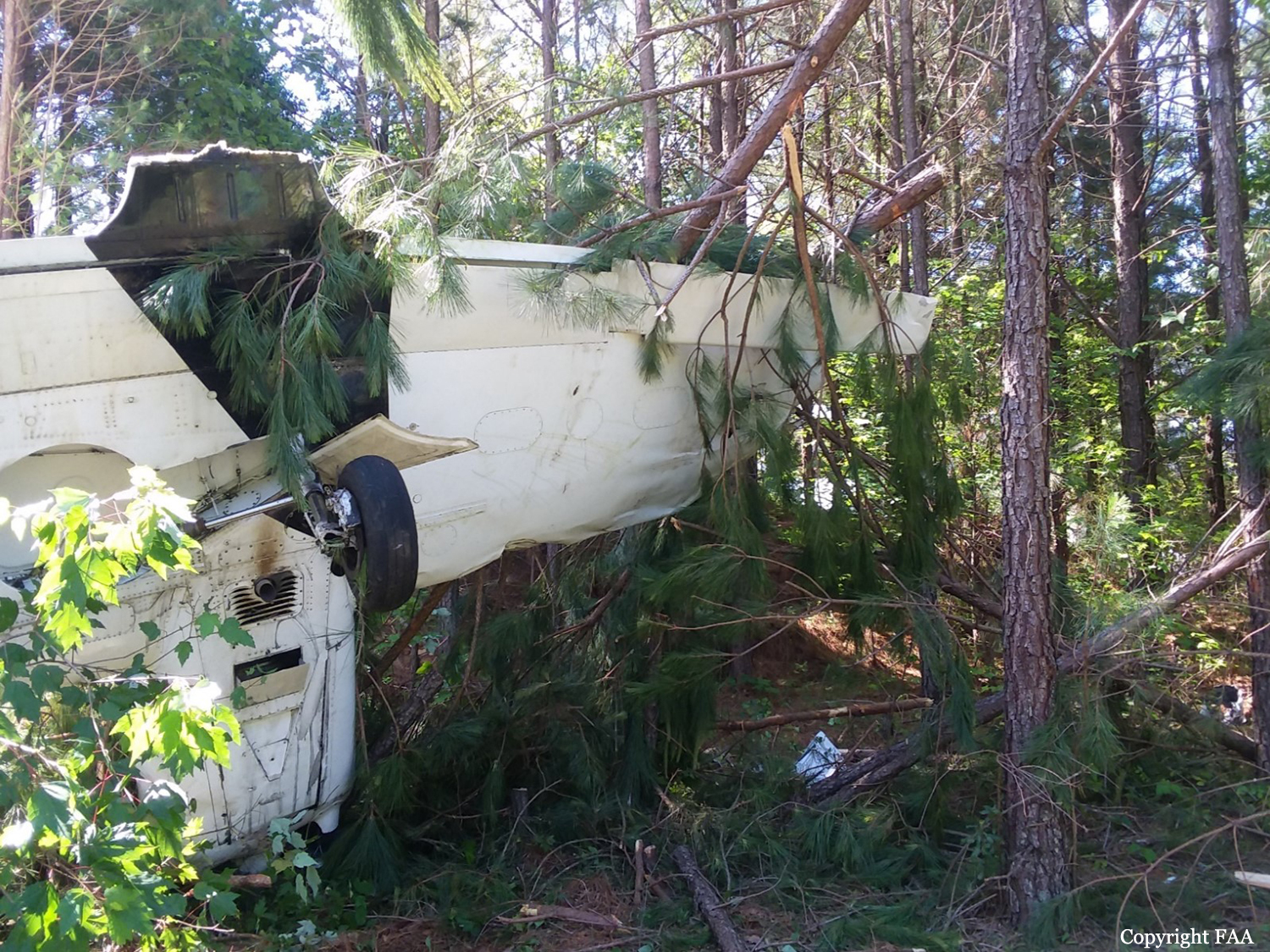Crash of a PZL-Mielec AN-2P near Tanzybei: 2 killed
Date & Time:
Oct 3, 2025 at 1700 LT
Registration:
RA-70350
Survivors:
No
Schedule:
Verkhneusinskoye – Shushenskoye
MSN:
1G141-04
YOM:
1972
Crew on board:
2
Crew fatalities:
Pax on board:
0
Pax fatalities:
Other fatalities:
Total fatalities:
2
Circumstances:
The crew was performing an aerial survey flight from Verkhneusinskoye to Shushenskoye. While flying at a too low altitude, the single engine airplane collided with tall pine trees and crashed in a dense wooded area located some 40 km southwest of Tanzybei. The airplane was destroyed by impact forces and a post crash fire and both crew members were killed.






